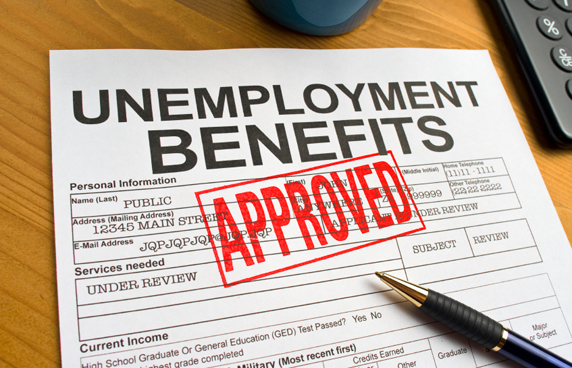Five Ways to Improve State’s Unemployment System, Boost Economy

If you want to make a Connecticut business owner’s blood pressure rise, just ask about their unemployment compensation taxes or the special assessments they’ve been paying every summer and winter for the past five years.
“These unplanned costs just draw down funds and weaken our ability to invest in people and capital here in Connecticut,” said Dave Place, General Manager, Hartford CPL Co-Op, Inc., a commercial bakery in Hartford with about 120 employees.
The company has worked hard to minimize its unemployment liability but still finds itself swimming against the tax tide.
“For the past several years due to the state’s inability to repay their loan from the Federal Unemployment Fund, we’ve had to pay two special assessments each year. And, we’re not sure where this is headed, as our assessment doubled in 2014,” said Place.
Connecticut businesses have been facing steadily rising unemployment costs in the wake of the Great Recession that drained the state’s Unemployment Compensation Trust Fund.
Employers are paying their regular unemployment taxes plus additional taxes, fees, interest and penalties to pay back the federal government for the nearly $1 billion the state borrowed to keep the fund afloat.
And they’ve still got $450 million to go.
As Place said, dollars employers have to keep squeezing for unemployment taxes—a hardship especially for small businesses—mean fewer resources available for hiring, upgrading equipment and services, or increasing employee wages and benefits.
But just a few simple reforms—reforms that many other states have already made—could relieve that pressure, help businesses, and give Connecticut’s economy a shot in the arm.
What kinds of reforms?
1. Require claimants to wait a week before receiving unemployment benefits. The U.S. provides financial incentives for states that adopt a “waiting week” policy. Forty-one states—but not Connecticut—have this policy. We should, too: our Labor Department estimates it would save businesses $30 million a year.
2. Raise the minimum earnings to qualify for unemployment benefits to $2,000. An unemployment claimant in Connecticut only has to earn $600 to qualify for benefits—one of the lowest earnings thresholds in the U.S. Thirty-two states/territories require between $2,000 and $5,000 in earnings.
3. Require claimants to post their resumes to an online job bank as a condition for receiving benefits after six consecutive weeks. Studies show this can get unemployed individuals back to work an average of one week faster. Rhode Island recently instituted this reform, which was already a requirement in Alaska, Hawaii, and Wisconsin.
4. Base benefits on an employee's annual salary, rather than two highest quarters, to avoid unfairly rewarding seasonal workers. Unemployment benefits are based on earnings in the two highest of the last four calendar quarters. This creates inequities, as a seasonal worker making $30,000 over two quarters receives the same benefits as a full-year employee earning $60,000 a year.
5. Freeze the maximum weekly benefit rate for three years. The maximum benefit rate is allowed to increase by $18 every year. By freezing this for three years, the Labor Department projects we could save Connecticut employers as much as $10 million per year over the next 10 years.
Reforming Connecticut’s unemployment compensation benefits is long overdue, not just for businesses’ sake.
These simple reforms are anything but drastic, but will go a long way to preserving a healthy unemployment trust fund for those unemployed who need it in the future.
Not the wage base
But some say that Connecticut should restore the fund’s solvency by raising Connecticut’s taxable wage base from $15,000 to $26,000. But that would add to the reasons Connecticut is routinely ranked one of the costliest states to do business.
And a quick look at nearby states shows that’s not the answer. Massachusetts’ taxable wage base is $14,000, Rhode Island is $20,000, and New York is $8,500.
Given that our neighbors take in roughly the same unemployment revenue as Connecticut, yet have repaid their federal loans faster—or borrowed later than we did—our solution must focus on reforming the spending side of the equation.
For more information, contact CBIA’s Eric Gjede at 860.244.1931 | eric.gjede@cbia.com | @egjede
RELATED
EXPLORE BY CATEGORY
Stay Connected with CBIA News Digests
The latest news and information delivered directly to your inbox.


